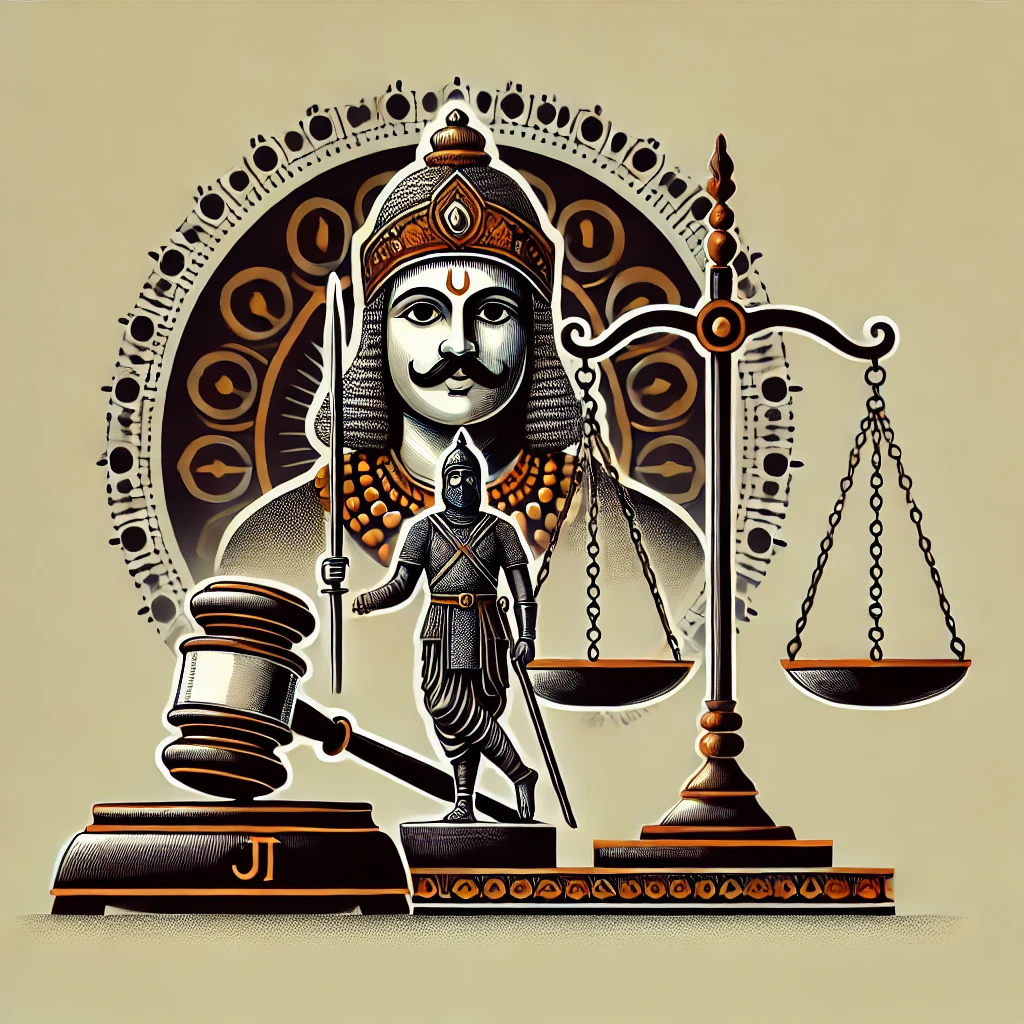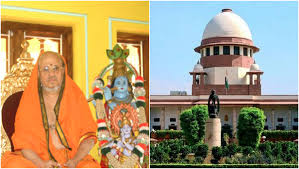State of Punjab v. Davinder Singh (2024)
Background and Legal Context
The Supreme Court’s decision in State of Punjab v. Davinder Singh (2024 SCC OnLine SC 1860) marks a significant shift in Indian reservation jurisprudence. The case arose from the Punjab government’s attempt to sub-classify Scheduled Castes (SCs) for targeted reservation benefits, particularly for the Balmiki and Mazhabi Sikh communities, under the Punjab Scheduled Castes and Backward Classes (Reservation in Services) Act, 2006. This Act allocated 50% of SC-reserved vacancies specifically to these groups, aiming to address disparities within the broader SC category.
Previously, in E.V. Chinnaiah v. State of Andhra Pradesh (2005), the Supreme Court had held that SCs, as notified by the President under Article 341, constituted a homogenous class and could not be further sub-divided for reservation purposes. This precedent led the Punjab & Haryana High Court to strike down Punjab’s sub-classification policy, prompting the appeal.
Key Legal Issues
Whether sub-classification within the SC category for reservations is constitutionally permissible under Articles 14, 15, and 16.
Whether Article 341, which empowers the President to notify SCs, precludes states from further sub-classifying these groups.
The scope of state legislative power under Articles 15(4) and 16(4) regarding affirmative action.
Supreme Court’s Ruling
A seven-judge Constitution Bench, by a 6:1 majority, overruled E.V. Chinnaiah and upheld the validity of sub-classification within SCs for reservation purposes. The Court held:
Sub-classification Permissible: States can sub-classify SCs and STs within the reserved categories to ensure that the most backward among them receive adequate benefits. The Court recognized that SCs are not a homogenous group but are internally diverse, justifying differential treatment to address intra-group inequities.
Rational Basis Required: Any sub-classification must be based on empirical data and a rational principle of intelligible differentia, which must have a nexus with the objective of the statute. This ensures compliance with the equality code of Articles 14–16.
Role of Articles 15(4) and 16(4): The Court clarified that these provisions are standalone sources of legislative power for states to make special provisions for the advancement of socially and educationally backward classes, including sub-classification.
Article 341 Not a Bar: The Court distinguished between the identification of SCs (which is the President’s prerogative under Article 341) and sub-classification for reservation (which is a legislative function under Articles 15(4) and 16(4)).
Creamy Layer Principle: The judgment emphasized the need to exclude the "creamy layer"—the more privileged among SCs and STs—from reservation benefits, ensuring that affirmative action reaches the most disadvantaged.
Dissent
Justice Bela Trivedi dissented, arguing that sub-classification by states undermines the uniformity intended by Article 341 and encroaches upon the exclusive domain of Parliament and the President in identifying SCs.
Implications
This landmark judgment empowers states to tailor reservation policies to address the most marginalized within SCs and STs, provided such measures are empirically justified and subject to judicial review. It also opens new debates on federalism and the interplay between central and state powers in affirmative action.
Conclusion
State of Punjab v. Davinder Singh fundamentally redefines the framework for reservations in India, enabling targeted affirmative action for the most backward among SCs and STs, while balancing constitutional mandates of equality and social justice.






























0 comments